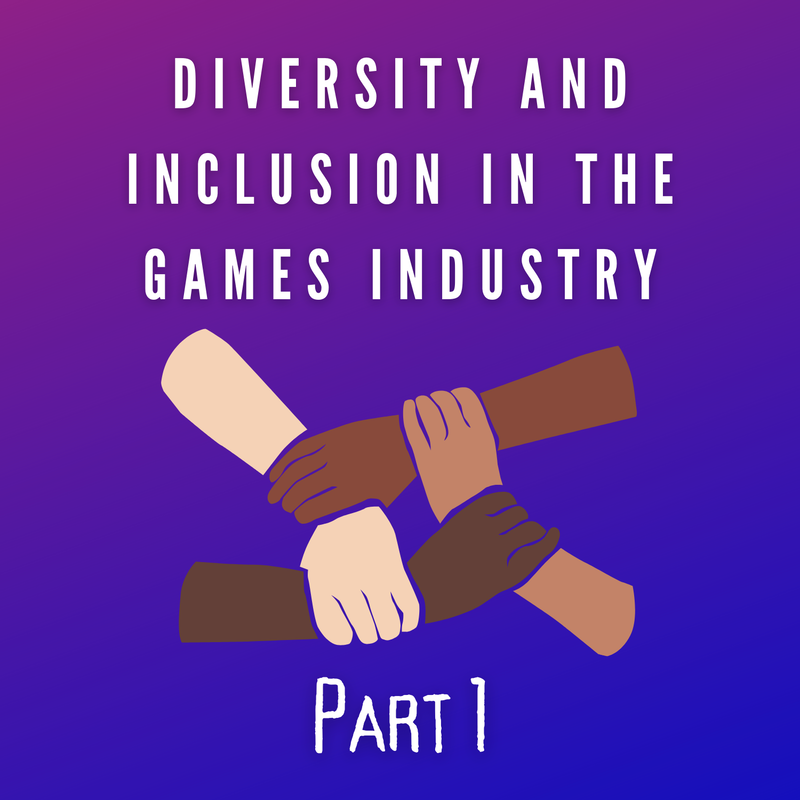We’ll start off with some basic numbers highlighting the percentages of different groups of people working in the industry:
As you can see from that split, women, BAME and LGBTQ+ individuals are underrepresented within the workforce, and that reflects back on in-game characters. While these percentages are high for creative and cultural industries, for STEM subjects these numbers reflect the average or are lower. This underrepresentation is also reflected in the seniority of positions, with roles such as CEO, Director, Management and Leads having a smaller percentage of BAME, LGBTQ+ and women working in those roles. So you may be asking, what has caused these issues? We believe that this is the result of a mix of education in STEM subjects and representation within games themselves. EducationOne main pillar in this issue comes from early education. There seems to be a lean towards young people, whether BAME, LGBTQ+ or female, leaning away from science-based subjects while in primary. Once that decision has been made it’s hard to get them back. You may be thinking “science-based? But games development is a creative industry.” And while you are right, the need for programmers to code mechanics and gameplay also makes games development a STEM subject. Underrepresented groups not going into the games industry could also link back to childhood development, with toys that are aimed at boys being more likely to have technology or scientific ties in comparison to toys marketed at any other group. Young BAME, LGBTQ+ people and girls also see a lack of diversity in the games they play, which would have a knock-on effect on them either playing games, let alone deciding to develop some for themselves. In-Game RepresentationNewzoo recently conducted a study about diversity and inclusion in characters. 47% of the UK gamers they talked to felt as if diversity is important in characters, with 41% avoiding playing games that weren’t meant for them. This view was especially prevalent in respondents who were LGBTQ+. This would lead to a knock-on effect on certain groups playing certain types of games: if they don’t feel represented in the game, they are less likely to be involved with the industry, either by not playing the game or deciding not to enter the workforce. This view would have a greater impact on young minds. With the games industry workforce being made up of a majority of people who are 35 or under, it relies on young people who may have finished degrees or apprenticeships to fill up available positions. Many people on games-related degrees knew they wanted to make games from a young age, so if girls, BAME and LGBTQ+ people either don’t see themselves represented in games, the workforce or aren’t encouraged to pursue a STEM career, why would they want to enter the games industry? One thing all of our research reiterated is that the industry has come leaps and bounds from where it was, but there is still a lot of work to do. We want to repeat this statement, and we’re proud to say that we’re doing our best to help out. In the 2nd part of this post, we’ll be discussing current solutions that are emerging, as well as what we think needs to happen to make this industry much more inclusive and diverse.
Sources: https://www.stemwomen.co.uk/blog/2020/03/uk-gaming-industry-looking-to-level-up-in-gender-diversity https://ukie.org.uk/UK-games-industry-census-2020 https://newzoo.com/insights/articles/newzoos-gamer-sentiment-diversity-inclusion-gender-ethnicity-sexual-identity-disability/
0 Comments
Leave a Reply. |

